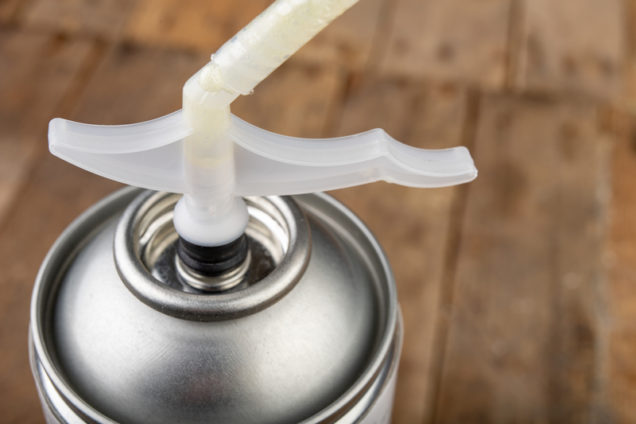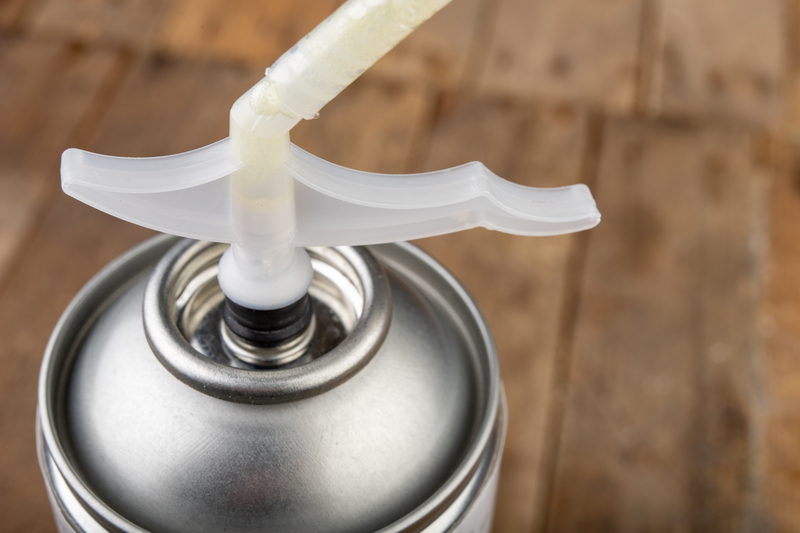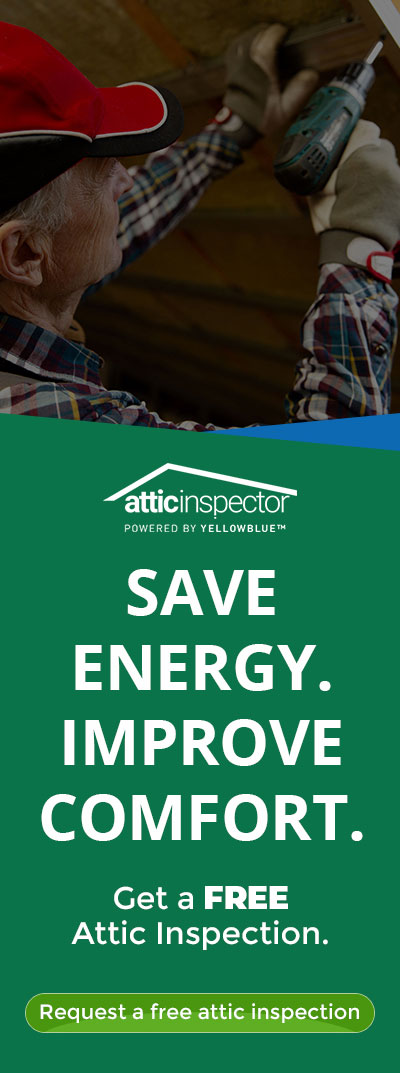According to Habitat for Humanity, Air leakage is a major problem in both old and even newer homes. But what is it exactly? And what can be done about it?
Air leakage sounds like a minor problem with a simple fix. You may think air leakage does nothing more than effect a room’s temperature but that’s not the case. Leaking air can substantially add costs to home energy bills and lead to a host of problems including unhealthy indoor air quality and pest problems.
Attic air sealing is the priority
Your focus should be on the attic when you begin air sealing. Attics are often under-insulated and under-sealed, leading to wasted energy and wasted spend by the homeowners.
Imagine that you have a small boat and steered it into a cluster of jagged rocks. The boat suffers and has a few holes in the bottom of it. Would you seal the biggest holes first, or focus on the small ones? Hopefully, you’d seal the biggest holes first.
In a home, oftentimes the biggest “holes” or areas where air leaks are prevalent, are attic-related instead of the more common weather-stripping for doors and windows.
There are quite a few points where the attic meets conditioned space, posing the risk of air leakage: like attic access doors and scuttle holes, ductwork, bathroom or other vents, and recessed light fixtures. These are just a few examples of areas that may require extra attention when it comes to air sealing.
Why is air sealing the attic important?
The Division of Energy Resources states that the materials that separate the inside of the home from the outside are considered the home’s envelope. The envelope is the barrier that keeps the inside of your home dry, comfortable, and energy efficient. Windows, walls, doors, and ceilings make up the home envelope and the tighter the seal of these components the better.
Ventilation vs. infiltration
For fuel-burning appliances such as your furnace, some amount of fresh air inside the home is needed. The fresh air allows moisture to escape, rids the area of odors, and lowers the likelihood of overall stuffiness. Ventilation is defined as the balanced exchange of fresh air and conditioned air. Infiltration is when the exchange becomes unbalanced due to air leaking through holes in the home envelope.
According to the Division of Energy Resources, air leaks through the envelope can account for up to one-third of a home’s heating and cooling loss. Proper air sealing not only conserves energy and saves you money, but also makes home improvements like new windows and insulation more effective.
Attic air sealing
The attic is prone to holes and cracks at its access points. If you are not a do-it-yourself type of person, there are plenty of contractors who are able to seal your attic. Let’s review some of the most common spots in the attic that must be sealed.
Before air sealing the attic
The Department of Energy acknowledges that air sealing the attic is one of the biggest opportunities for saving energy and money. But before jumping into the project, the Department of Energy stresses that a number of factors must be addressed first:
- Ensure adequate combustion air is available for furnaces and water heaters. Switching to power vent or direct vent equipment can ensure this. This is important for balanced pressure prior to sealing the attic.
- Whole-house ventilation is necessary. This ensures that there is adequate fresh air in the home before it becomes tightly sealed.
- Make a game plan. Once the attic is air sealed, it is time to install insulation. Insulation will make some parts of the attic inaccessible, so you’ll want to insulate after sealing the area.
- Check the quantity (and quality) of insulation. Insulation should be installed properly in the correct amounts.
Following the Department of Energy‘s instructions before air sealing the attic will ensure safer conditions and prevent indoor air quality issues.
Locating air leaks in the attic
Most people consider air leaks to be drafts. Drafts are typically found around windows and doors, and while these drafts should be fixed immediately, these are not the most substantial air leaks. Energy Star states that the most significant air leaks are often hidden in the attic below the insulation.
Sealing attic hatch/attic door
To properly seal your attic hatch (also known as an attic door or scuttle hole), at a minimum, you should apply weather-stripping and ensure the attic side of the attic door is insulated. Better yet, there are high quality products, such as the Attic Gator, designed to both seal and insulate attic access doors and scuttle holes.
Seal attic floor holes
It’s easy to overlook electrical wires, ducts, pipes, and vents in the attic, but the openings around these are holes can compromise the air sealing of your attic. To seal these openings, use caulk or spray foam. For larger holes, filler material may be needed.
Seal fireplace and furnace holes
There is typically a gap between the framing of a house and the chimney or furnace. To close the gap, caulk can be used.
Sealing the attic
Air sealing the attic is an important project, but it can be challenging. With this being the case, we suggest consulting a qualified healthy home expert to get it done.
You can take a do-it-yourself approach, but if you run into any of the following problems in your attic, Energy Star recommends that you contact a professional to remedy the issues before moving forward with attic air sealing. These conditions include:
- Difficulty accessing the attic and limited space to move around
- Damp or wet insulation
- Rotted rafters or joists, mold
- Vents from the bathroom, dryer, or kitchen that exhaust air into the attic rather than outside
- Little or no attic ventilation
- Wiring that was done pre-1930’s, which could be a fire hazard
Getting started on air sealing the attic
If the thought of tackling your home’s attic air sealing overwhelms you, have no fear! Here at yellowblue™, we offer free attic assessments; professional air-sealing; and solutions such as the Attic Gator, the insulated attic access cover that helps seal your attic.
The Attic Gator is designed to keep the air in the attic separate from the air in the rest of the home. Once installed, the Attic Gator creates an adequate seal around the attic access.
Yellowblue™ inspectors are highly experienced with Attic Gator installations. Contact your nearest independently authorized yellowblue™ dealer to take the first step towards having a sealed attic.




